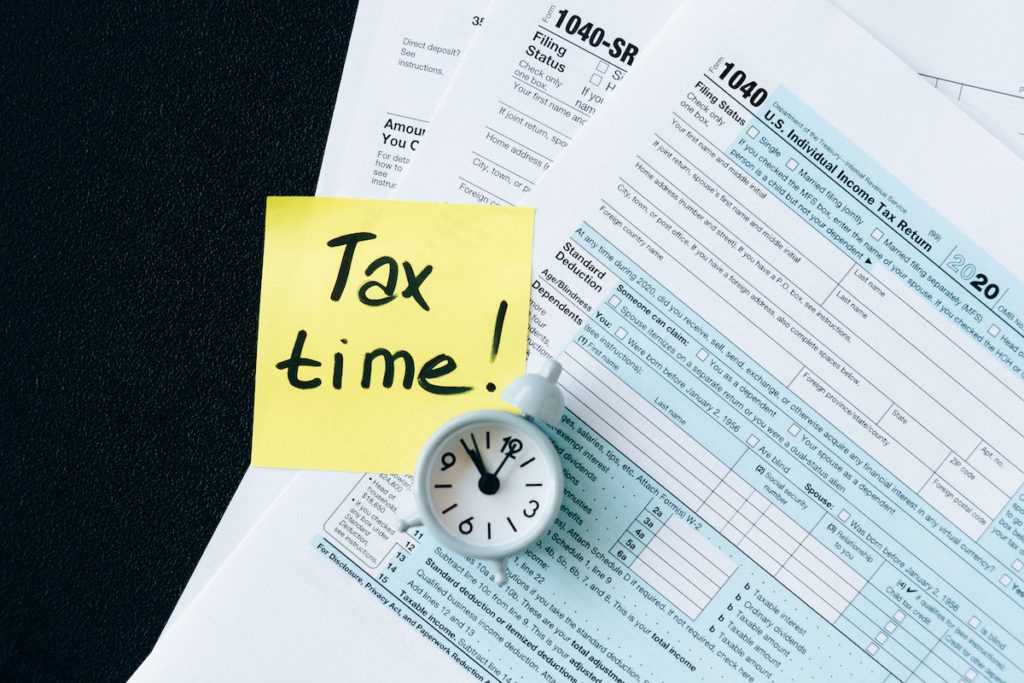Why Do You Need A Debt Tax Plan?

President Biden’s sweeping student debt plan offers much-needed relief to borrowers who have been struggling with excessive student loan debt. The proposal would forgive up to $10,000 of federal student loan debt for each borrower and provide additional tax relief through a federal income tax exemption. This would be beneficial for millions of Americans who are paying off their loans, as the cancellation of the debt would result in significant savings on income taxes. Additionally, it could help ease the burden on taxpayers in general by lowering the overall amount owed by those who have outstanding student loans. The Tax Foundation estimates that this could reduce total federal income taxes by approximately $1 trillion over 10 years. Under President Biden’s plan, borrowers with high levels of loan forgiveness will receive an even bigger break from the tax man than those with lower amounts forgiven – making it possible for them to use more of their money for other purposes. Furthermore, under this proposed legislation all existing federal student loans would be eligible for cancellation regardless of when they were taken out or how much they are currently worth.

This debt tax plan would allow borrowers to have their student loan balances forgiven and be eligible for debt relief. In addition, eligible taxpayers would be able to deduct up to $10,000 of forgiven student loan debt from their state and federal taxes. The amount that can be deducted would depend on the taxpayer’s gross income and the remaining balance of their student loans. As a result, this proposed legislation provides financial relief for those with large amounts of outstanding student loans that are struggling to make payments each month.
The Debt Tax Plan offers debt relief by allowing eligible borrowers to pay a reduced tax rate on their outstanding loans up to a certain amount. This way, they can keep more of their income instead of having it taken away in taxes. Furthermore, the plan also allows for debt cancellation for those who meet an income threshold. For example, if a hypothetical state has an income threshold of $50,000 and the borrower earns that amount or less, any remaining student loan debt will be cancelled after 10 years. It is important to note that this plan would not only apply to federal loans but also to local income tax refunds as well which could provide even more relief for borrowers. Ultimately, with this proposed legislation borrowers can find financial relief from their student loan burden and be better able to make payments each month instead of being overwhelmed by large amounts of outstanding debt.
The debt forgiveness plan, part of the American Rescue Plan, would provide a one-time cancellation of up to $10,000 in student loan debt for income borrowers. Individuals who have received grants or scholarships will be excluded from this program and no payments are required by the borrower. Furthermore, there are no income requirements for the forgiveness plan and any amount forgiven will not be considered taxable income meaning recipients will not have to worry about large tax bills. This is great news for those burdened with student loans as they can now find some reprieve from their financial woes without having to worry about being on the hook for a huge bill at tax time.
A Debt Tax Payment Plan is a progressive tax system that takes into account the amount of debt owed and the income of the borrower. This plan offers an opportunity to lower or even eliminate federal income taxes on student loans and other applicable federal income tax debt. It also helps to reduce any state taxes due on the forgiven debt. For example, if you have a $50,000 student loan balance, you may be able to get $25,000 forgiven under this plan. The amount forgiven will be determined based on your current income and the amount owed. If you are in a higher tax bracket, you may see greater savings from this plan than those who are in lower brackets. In addition, it helps borrowers better manage their finances by helping them pay off their debts faster. With a Debt Tax Plan, borrowers can save money by reducing or eliminating applicable federal and state taxes due on forgiven debt while still paying down their balance faster than they would without it.
It excludes debt forgiveness from the tax bases, which means that any forgiven student loan debt is not taxable. It also takes into account parental income when calculating taxes for dependent students and can help reduce their overall state income tax burden. Borrowers with loan debt will also benefit from the Debt Tax Plan, as it provides relief from income taxes on forgiven loans. College investors who have student loans may even be eligible for partial cancellation of their loans, depending on their income. Ultimately, the Debt Tax Plan can provide much-needed relief to borrowers who are struggling to pay off their debts and make college more affordable for all students.
Forgiveness Tax is one of the most common forgiveness proposals, and it can provide loan borrowers with an opportunity to reduce their debt burden. Under the federal student loan program, loan debt per borrower is at an all-time high, and many borrowers are unable to pay back their loans. Senator Warren’s proposal would offer relief for eligible federal student loan borrowers by allowing for the cancellation of up to $50,000 in student loans. Under this plan, any forgiven amount would not be taxable income. President Biden has also proposed limited changes to the current system that could help ease some of the financial strain on students who are struggling with student loan payments. By offering tax relief on forgiven amounts and other measures that will make college more affordable for all students, Debt Tax Plan will provide much-needed help to those who need it most.





